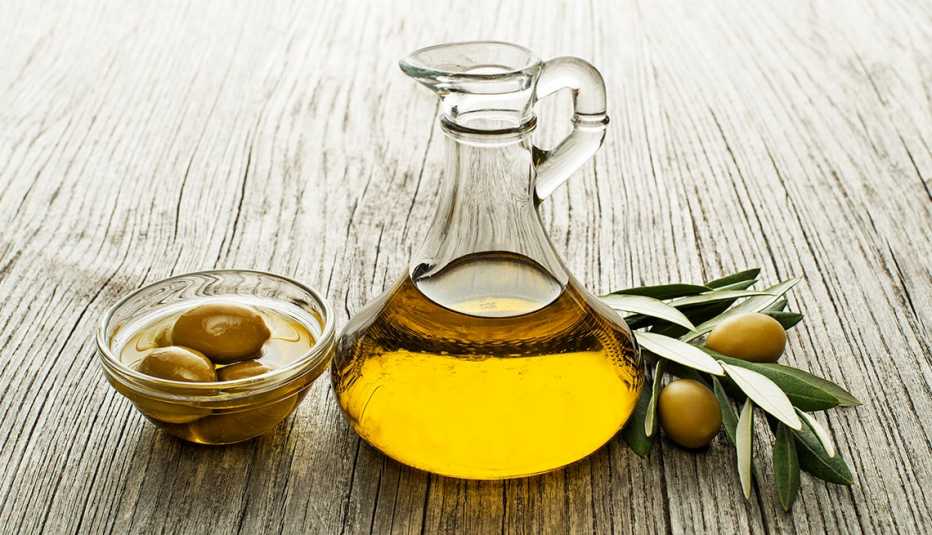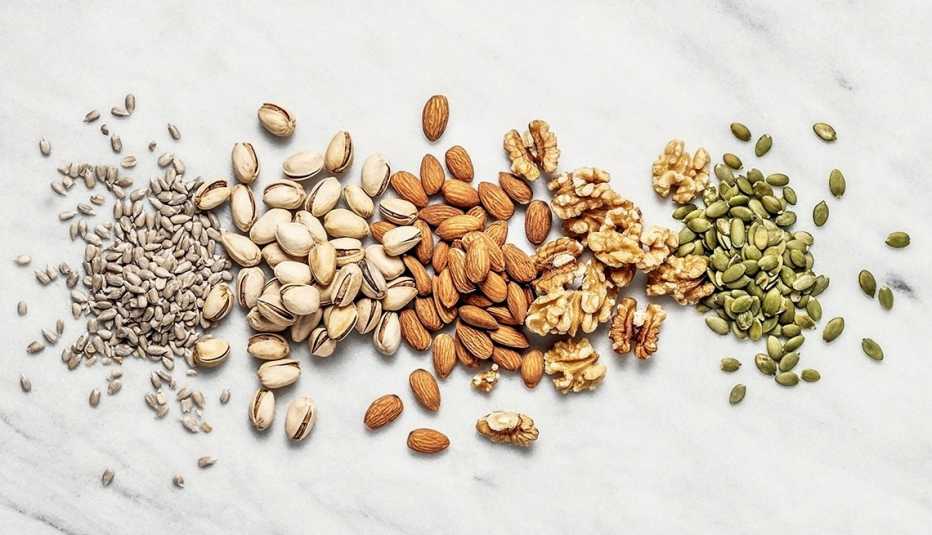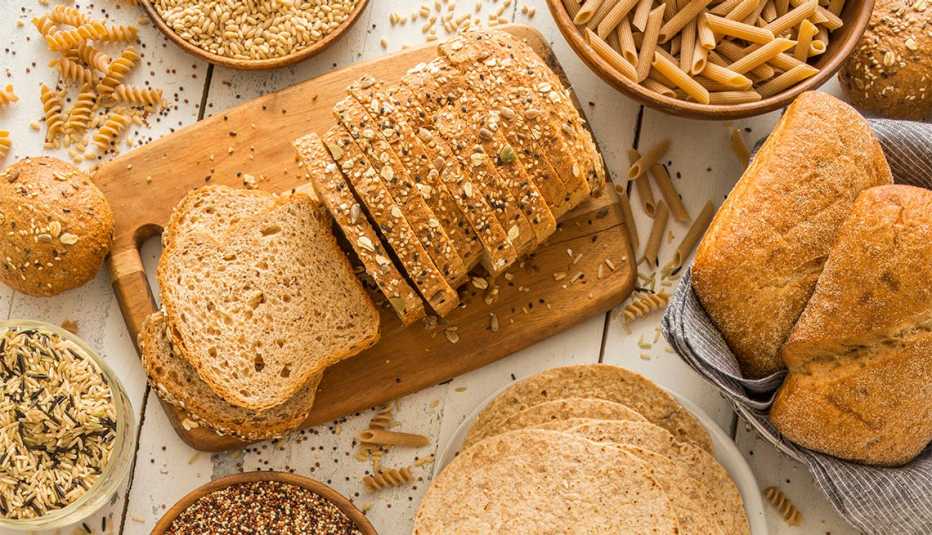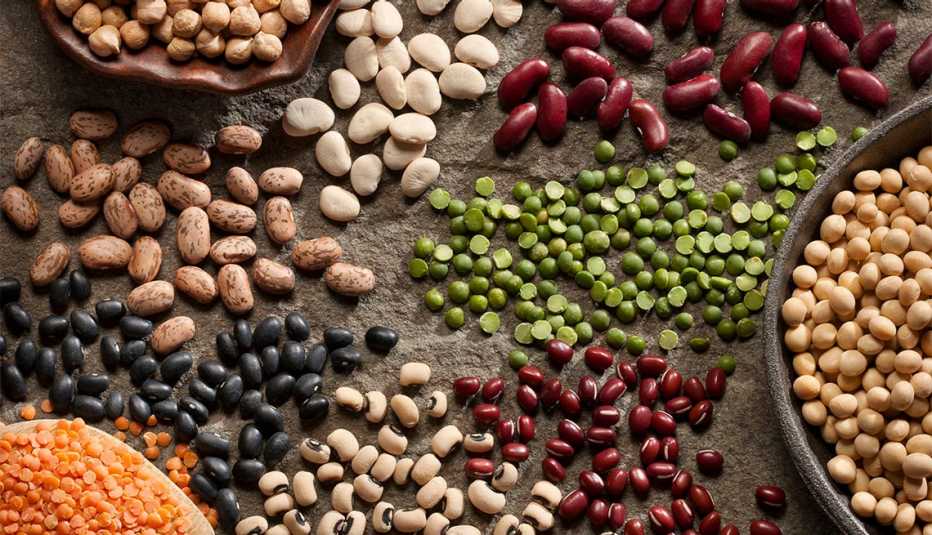Staying Fit
Name any common disease associated with aging — cancer, dementia, heart disease, metabolic syndrome, nonalcoholic fatty liver disease, type 2 diabetes — and chronic inflammation will play a role.
In a way, chronic inflammation is like too much of a good thing. After all, something such as your finger swelling around a cut means that immune cells are doing their job, rushing to the scene and spewing out inflammatory compounds that kill bacteria and prevent infection.


AARP Membership— $12 for your first year when you sign up for Automatic Renewal
Get instant access to members-only products and hundreds of discounts, a free second membership, and a subscription to AARP the Magazine.
But chronic low-grade inflammation that persists for weeks, months or years is the disease-triggering variety. Again, it's your immune cells in action. But instead of fighting foreign bacteria, they silently attack your own body — your blood vessels, brain cells and organs included.
It's not entirely clear why this happens, though stress is known to raise levels of inflammatory compounds in the body — as does obesity, since fat cells parked deep in the belly emit inflammatory compounds when they reach a critical mass. Genetics is known to influence your susceptibility to inflammation.
But diet plays a very big role, too, — specifically, eating too much white flour, sugar and fried foods, and not enough fruit, vegetables and fish.
But if diet can cause inflammation, it can also make a real difference in fighting it.
For instance, closely following a Mediterranean-style diet was shown to reduce the odds of developing Alzheimer's disease by 34 to 61 percent in one meta-analysis of 12 specific Mediterranean diet studies by researchers at Brown University's Warren Alpert Medical School. Big declines in the rate of heart disease have also been seen in programs combining a similar diet with smoking cessation.
Below are foods that will rally to your defense; to work, they should form the base of your diet, which, yes, should look quite a bit like the traditional Mediterranean diet in order to get the most inflammation-busting benefit.


Fruits and vegetables
How they fight for you: Their arsenal of vitamins, minerals and thousands of phytonutrients (beneficial plant compounds) prevent and attack chronic inflammation on many fronts. Some, like the carotenoids that give carrots and tomatoes their hues, act as antioxidants, which keep potentially destructive molecules called “oxidants” in check. That's critical to our well-being because, in excess, oxidants destroy cells, give rise to chronic inflammation and in other ways put us at risk for heart disease, cancer and other killers. Other phytonutrients, like the anthocyanins in blueberries, work more directly — putting the brakes on the production of inflammatory compounds, including those produced in the brain.
And there's more! Fiber in produce becomes a feast for bacteria in your gut, which return the favor by producing anti-inflammatory substances. And by helping keep your weight down, fruits and vegetables help you skirt obesity-induced inflammation.
What to eat: All fruits and vegetables fight inflammation in some way. The following reliably pop up as protective in large-scale diet surveys: apples, berries, citrus fruit, pears, green leafy vegetables/salads, green/yellow vegetables (such as green beans and yellow peppers), cruciferous vegetables (like broccoli and cabbage) and tomatoes.
While many health organizations recommend five half-cup servings daily, some research studies suggest double that amount offers the most benefits.
And get this: Building on research showing that blueberries improve a rat's memory, researchers gave men and women ages 60 to 75 an ounce of freeze-dried blueberries per day (equivalent to one cup of fresh) to add to their usual diet. Another group got a blueberry-colored placebo. Three months later, blueberry eaters performed significantly better on tests of memory and other types of thinking. The small study was done at the Jean Mayer USDA Human Nutrition Research Center on Aging and published in 2017.
Skimping on fruits and vegetables may have caused 5.6 million to 7.8 million premature deaths worldwide in 2013, according to a meta-analysis of 95 separate studies that was reported in a 2016 issue of the International Journal of Epidemiology.

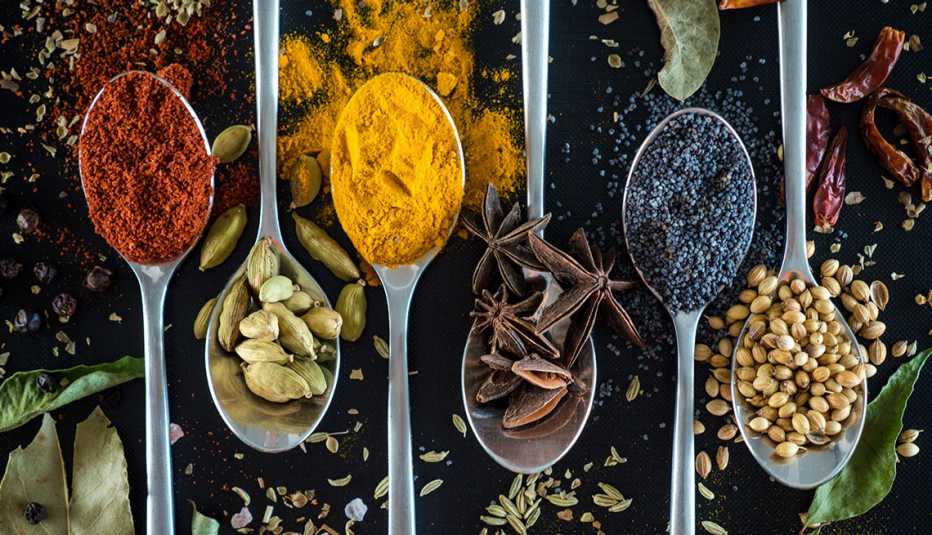
Herbs and spices
How they fight for you: Like fruits and vegetables, they're rich in vitamins, minerals and phytonutrients. For example, rosmarinic acid — found in rosemary, thyme and other herbs — is both an antioxidant and an anti-inflammatory.
What to eat: They all can be protective. Just to name a few: herbs such as basil, dill, oregano, parsley, rosemary, sage, tarragon and thyme, and spices such as black pepper, cinnamon, cumin, garlic, hot peppers, star anise and turmeric.





























































